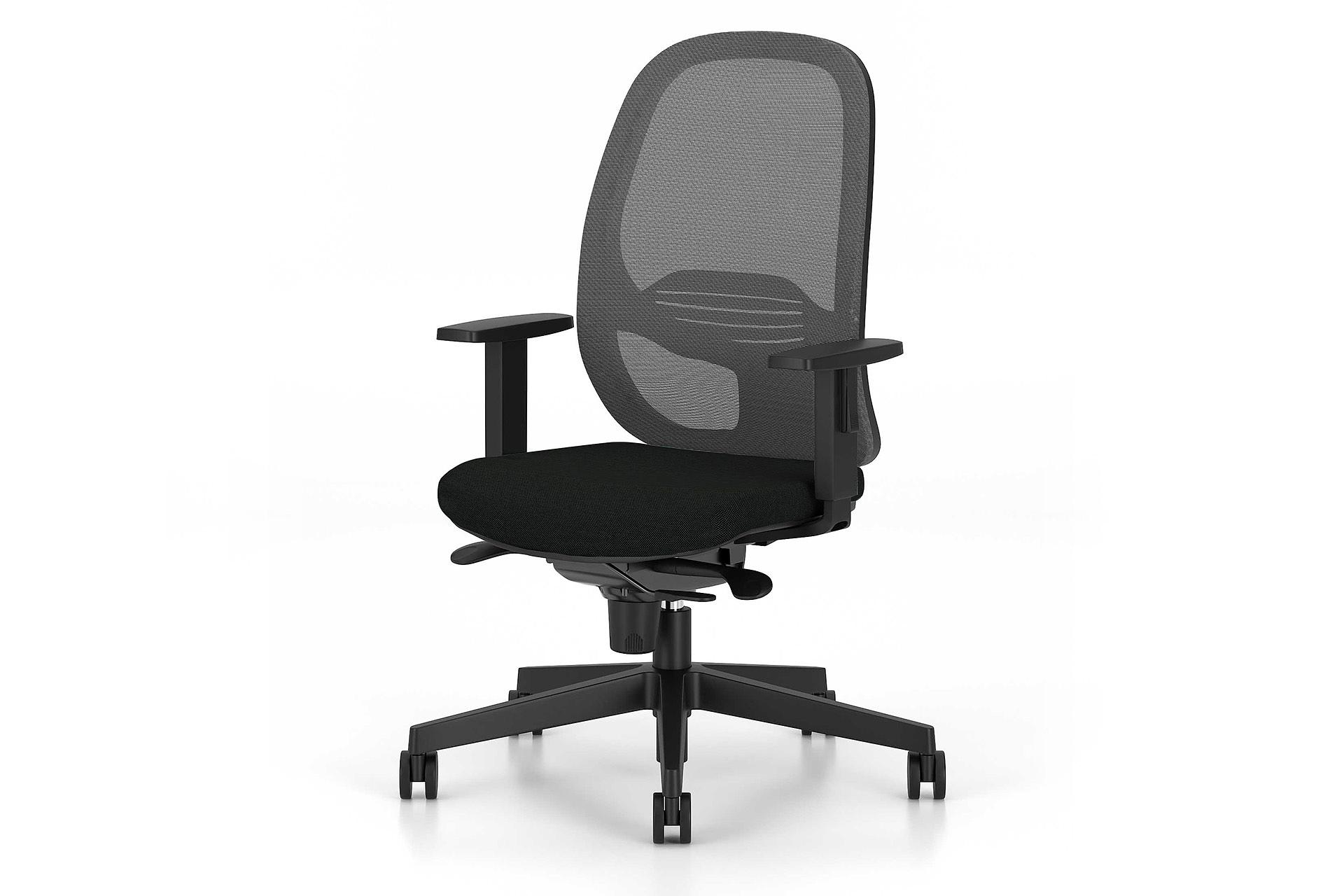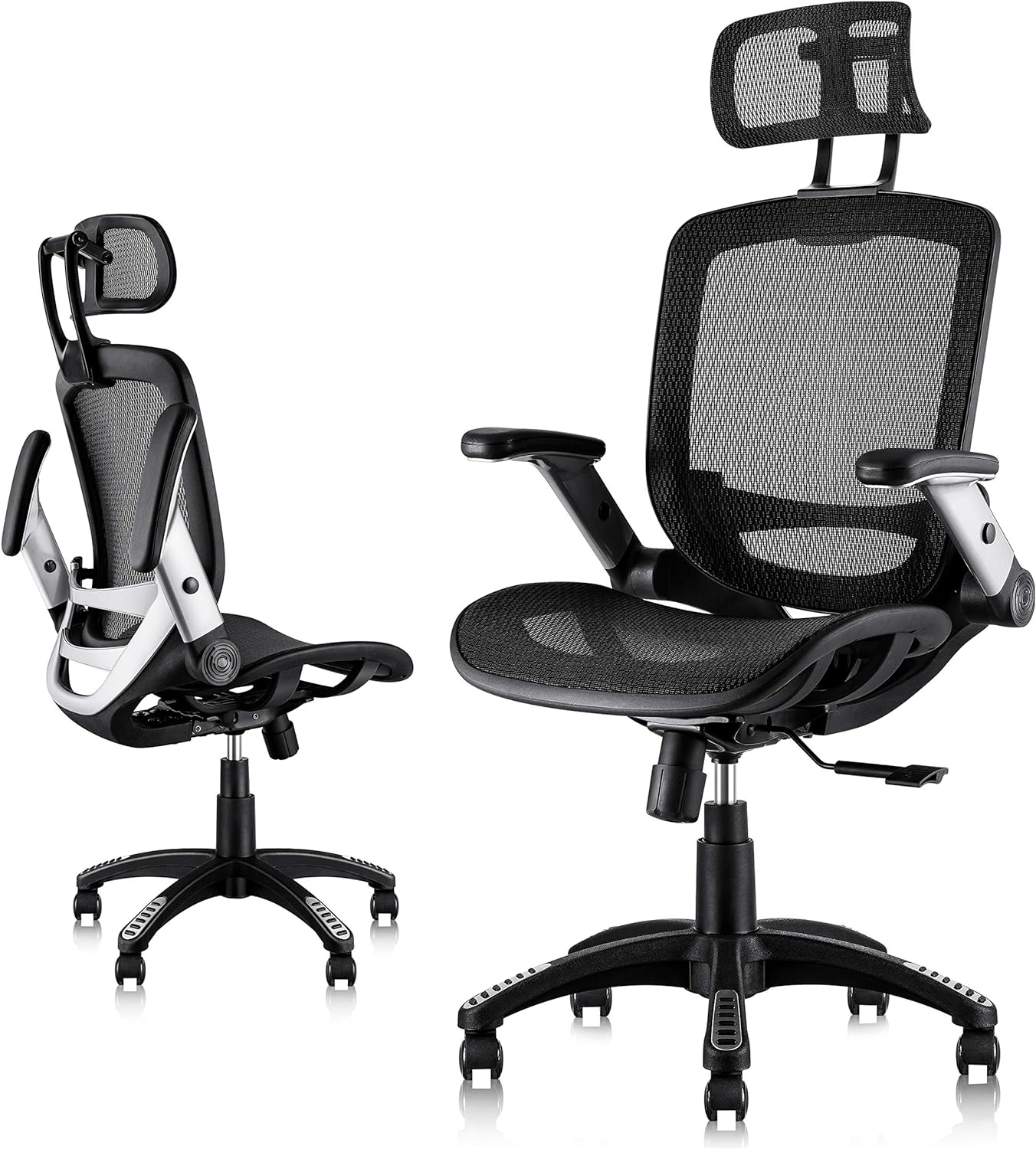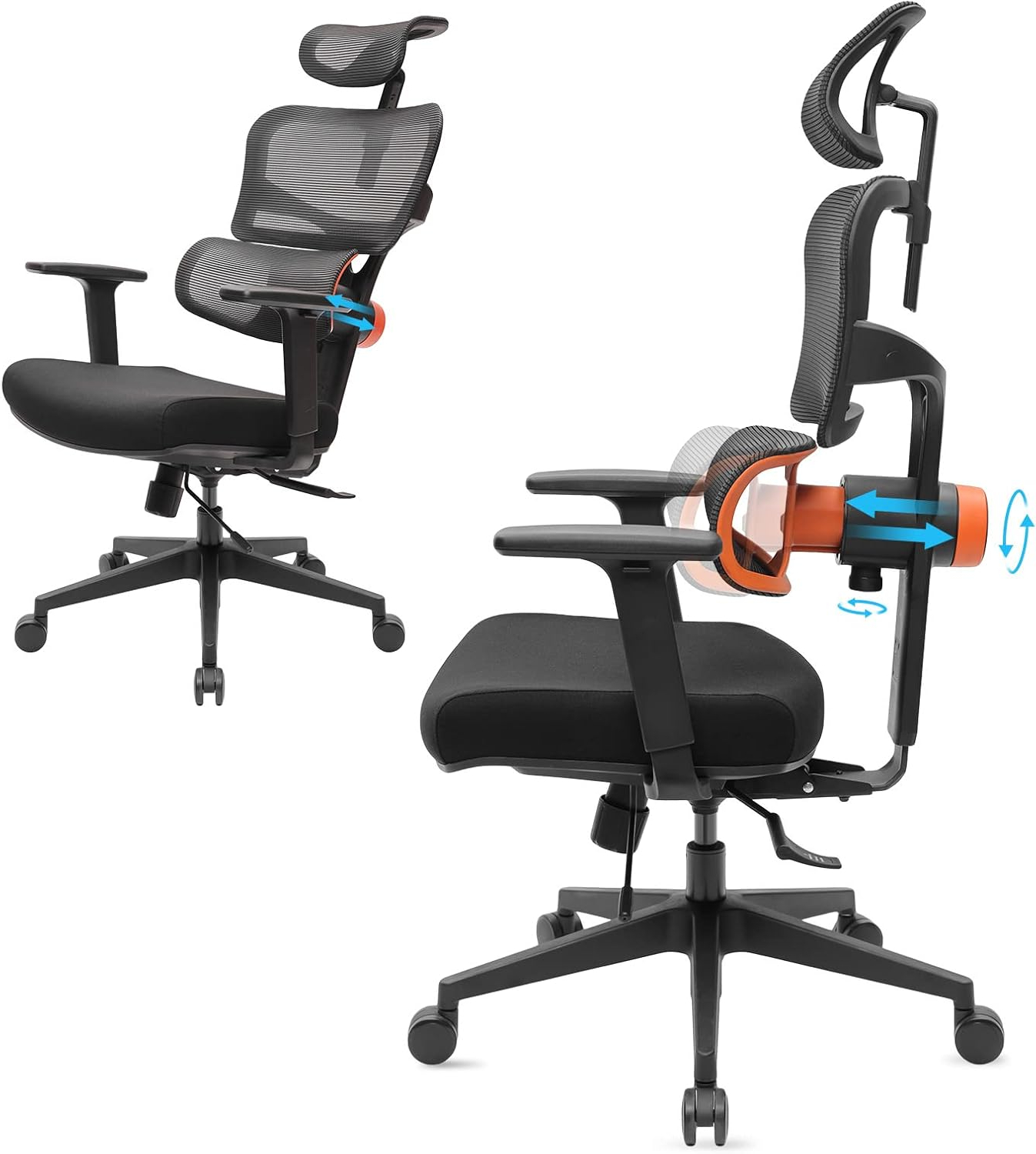Tired of that nagging ache after a long day at your desk? You’re not alone. For many of us, our office chair has become less of a comfort and more of a contributor to our discomfort. But what if the solution to your back pain was as simple as a different seat? It’s true. The right office chair isn’t just furniture; it’s a tool for well-being, designed to support your body and keep you pain-free. Let’s explore how to find that perfect match.
We spend a significant chunk of our lives sitting. Whether you’re crunching numbers, crafting code, or connecting with clients, your office chair plays a starring role. Yet, it’s often the last thing we consider when it comes to our health. A poorly designed chair can force your spine into awkward positions, leading to stiffness, soreness, and even long-term issues. But the good news is, with a little know-how, you can find a chair that actively works to reduce that pain, not create it. Think of it as an investment in your health and productivity. Ready to ditch the aches and embrace a more comfortable workday? Let’s dive in.
Understanding What Your Back Needs
Before we start looking at chairs, it’s crucial to understand what your back actually requires for good support. Your spine has a natural ‘S’ curve. A good office chair should help maintain this curve, especially in your lower back, known as the lumbar region. This means looking for chairs that offer:
- Lumbar Support: This is paramount. It’s the inward curve at the base of your spine. Good chairs have adjustable lumbar support that you can position to fit the unique curve of your lower back. Some chairs have built-in support, while others have adjustable cushions. The key is that it feels supportive, not like a hard bulge.
- Seat Depth and Height: You should be able to sit with your feet flat on the floor (or on a footrest) and have about two to four fingers’ width between the back of your knees and the edge of the seat. This prevents pressure on your leg and ensures good circulation.
- Armrests: These should allow your shoulders to relax. If they force you to hunch or are too far away, they can cause neck and shoulder strain. Adjustable armrests are a big plus here.
- Backrest Recline: Being able to lean back slightly can relieve pressure on your spine. Look for chairs that allow for smooth reclining and can be locked in a comfortable position.
It’s a bit like finding the right shoes; what works for one person might not be ideal for another. Your body shape and how you sit are unique factors.
Key Features to Scout For
Now, let’s get specific about the features that make an office chair a back-pain-relief champion. Don’t get overwhelmed; think of these as a checklist:
Adjustable Lumbar Support
As mentioned, this is non-negotiable. Can you move it up and down? Can you adjust its depth (how much it pushes forward)? If not, does it still naturally fit your lower back’s curve? Some chairs have a simple knob, others a lever, and some are just shaped well. The goal is to fill that gap between your back and the chair.
Seat Adjustability
- Height: This is standard, but make sure it goes low enough for your feet to be flat and high enough to allow for proper desk height. A gas lift mechanism is common and smooth.
- Depth: Some seats can slide forward or backward. This is fantastic for people with longer or shorter thighs, ensuring that crucial knee-to-seat-edge gap.
Armrest Options
Look for armrests that are:
- Height-adjustable: To support your forearms while typing, keeping shoulders relaxed.
- Pivoting (in or out): To accommodate different arm positions.
- Width-adjustable: To fit your body width.
If you can’t find adjustable ones, consider if the fixed ones actually help or hinder. Sometimes, no armrests are better than poorly placed ones.
Material and Padding
While not directly related to spinal alignment, comfort plays a role. Breathable mesh can prevent sweating and discomfort, while high-density foam padding offers support without bottoming out quickly. Avoid chairs that feel too hard or too soft, where you sink too much. A good balance is key for prolonged sitting.
The Importance of Ergonomics
Ergonomics is the science of designing the workspace to fit the worker. It’s not just a buzzword; it’s about creating an environment that minimizes strain and maximizes efficiency. An ergonomic office chair is designed with these principles in mind. It’s about promoting good posture and reducing the risk of musculoskeletal disorders. Think about how you sit currently. Are your feet dangling? Is your screen too high or too low? An ergonomic chair is the foundation. It works in tandem with your desk height, monitor placement, and keyboard position to create a truly supportive setup. A chair that encourages you to slouch will negate the benefits of a correctly positioned monitor, and vice versa. It’s a holistic approach to your comfort and health at work. Proper ergonomics isn’t about being fussy; it’s about being smart and proactive about your physical well-being.
Trying Before You Buying: A Crucial Step
This is where many people slip up. Buying a chair online without testing it can be a gamble, especially when dealing with back pain. If at all possible, visit a showroom or office supply store where you can sit in different chairs. Spend a few minutes in each.
- Sit naturally: Don’t force yourself into a specific position. Just sit as you normally would.
- Adjust everything: Play with all the levers and knobs. See how they feel.
- Check for pressure points: Do you feel any discomfort on your thighs, hips, or back?
- Imagine your workday: Can you see yourself sitting in this for 8 hours? Does it feel supportive?
If you’re buying online, check the return policy very carefully. Many reputable sellers offer a grace period, allowing you to send the chair back if it’s not the right fit for your back. Reading reviews from people who also suffer from back pain can be incredibly helpful too. They often highlight the very issues you might be concerned about.
Common Mistakes to Avoid
We all make mistakes, but being aware of common pitfalls can save you time, money, and a lot of discomfort. Here are a few to watch out for:
- Prioritizing Style Over Substance: That sleek, modern chair might look amazing, but if it lacks proper lumbar support and adjustability, it’s a poor choice for your back. Functionality must come first.
- Assuming ‘One Size Fits All’: As we’ve discussed, bodies are different. A chair that’s perfect for your colleague might be a disaster for you. Don’t be swayed by what others use or recommend without considering your own needs.
- Ignoring the Return Policy: This is a big one. If you can’t try it out, a generous return policy is your safety net. Don’t get stuck with an expensive, uncomfortable chair.
- Not Adjusting the Chair Properly: Even the best ergonomic chair won’t help if it’s not set up correctly for you. Take the time to learn how to use all its features.
- Thinking Price Equals Quality (or Comfort): While often a correlation exists, a very expensive chair isn’t automatically the best for your back. Focus on the features that matter for your pain relief, not just the price tag.
Beyond the Chair: Complementary Habits
While the right office chair is a game-changer, it’s not the only solution to back pain. Think of it as part of a larger strategy.
- Take Regular Breaks: Even the best chair can’t prevent pain if you sit rigidly for hours. Get up, stretch, and walk around every 30-60 minutes. This is crucial for circulation and relieving pressure on your spine.
- Incorporate Stretching: Simple stretches at your desk can make a huge difference. Think gentle twists, shoulder rolls, and cat-cow stretches (if you have the space).
- Maintain Good Posture: Be mindful of how you sit, even in a supportive chair. Engage your core slightly, keep your shoulders relaxed, and avoid slouching.
- Consider a Standing Desk: Alternating between sitting and standing can be incredibly beneficial. If you have a standing desk, ensure your chair still provides good support when you do sit.
- Listen to Your Body: If you feel pain, don’t push through it. Adjust your position, take a break, or seek advice from a healthcare professional if the pain persists. Your body is sending you signals, and it’s important to pay attention.
Finding the right office chair for back pain relief might seem like a daunting task, but it’s an incredibly worthwhile endeavor. By understanding your body’s needs, focusing on key ergonomic features like adjustable lumbar support and seat depth, and being mindful of common mistakes, you can make an informed decision. Remember to try chairs out if possible and always check return policies. Your office chair is more than just a place to sit; it’s a partner in your daily well-being. By choosing wisely, you’re not just buying furniture – you’re investing in a more comfortable, productive, and pain-free future. So go ahead, take the plunge, and find the chair that lets you sit smarter and feel better, day after day.



![Best Office Chair for Back Pain and Posture Support [Buyer's Guide]](https://homeskoe.com/wp-content/uploads/2025/10/the-best-office-chair-for-lower-back-pain-insider-secrets-within-office-chair-good-for-back-pain.jpg?width=480&f=jpg)











